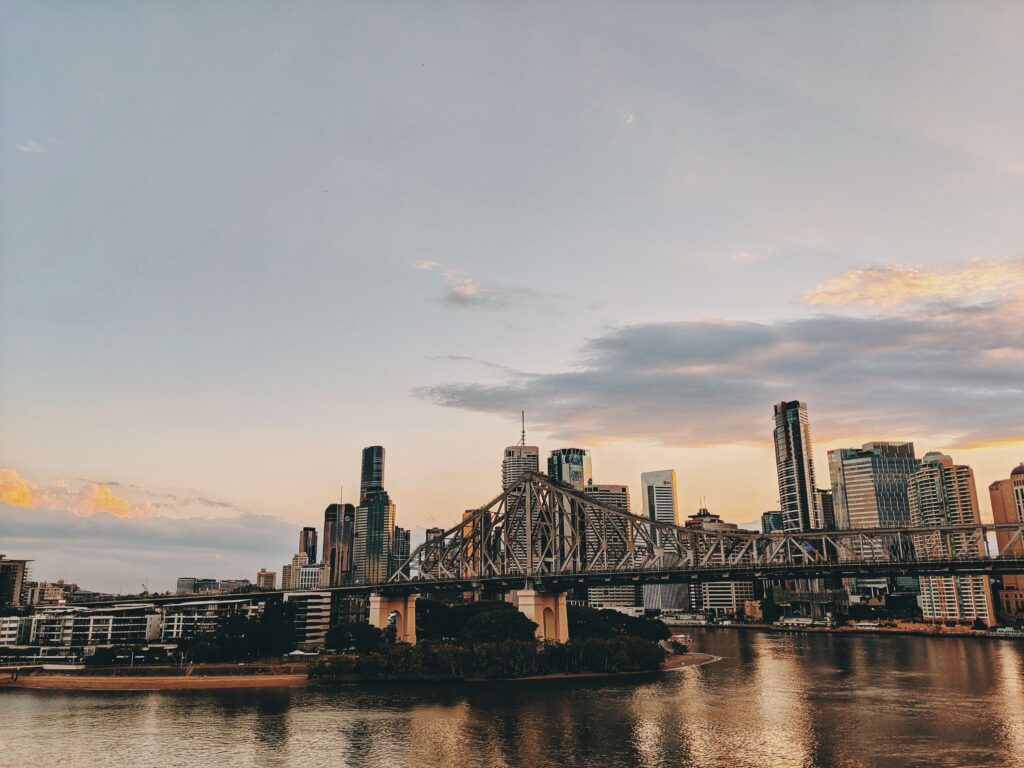The Brisbane Forecast – Breaking News Today

To get a general idea of Brisbane‘s weather, it’s useful to know the average rainfall over a 31-day period. Monthly rainfall varies dramatically in Brisbane, ranging from 5.5 inches in February to just 1.5 inches in September. The average rainfall is accumulated over the 25th to 75th percentile bands and is 139% higher than the long-term average of 1011.5 mm. In other words, the more rain that falls on a given day, the lower the chance of that day being drier than usual.
On March 17-21, a deep surface trough formed north of Queensland and moved southward. This produced widespread moderate falls throughout central and southern Queensland. The area around the south-east coast, including the Capricornia District, received the highest rainfall on the date, with further accumulations of more than 100mm on the following day. This was the highest rainfall for March on record in Brisbane. In January, the region was plagued by flash flooding caused by severe thunderstorms.
This week, the average temperature in Brisbane will be 24.5 degC, or 76 degrees Fahrenheit. There is a slight chance of thunderstorms, with heavy rain falling in the west. Winds will be light until midday, before becoming SE 15 to 25 km/h. The high for the next two weeks is predicted to be 33 degrees on Saturday, January 4th. But there are a few days when the temperature is expected to rise above this mark.
The wet weather will end for the rest of the east coast this week. However, other parts of the country could still be hit with a soaking this week, especially in northern Australia. In New South Wales, relief will be palpable after last week’s rain, which passed the average annual rainfall level nine months early. A month of rain is no fun for anyone. There is also a chance of heavy storms in the area on Thursday and Friday.
The Brisbane climate has moderate variations in elevation. Maximum elevation changes are only 240 feet and the average is 61 feet. There are significant variations within ten miles, but the weather is generally similar. The only major difference is that Brisbane doesn’t observe daylight saving time. Hence, the average water temperature is less than two degrees Celsius over the course of a year. A month’s worth of weather data is better suited for a Brisbane forecast.
The cool season in Brisbane lasts for 2.8 months, with average daily high temperatures around 49degF. The warmest month in Brisbane is July, with average temperatures around 68degF. During this time, there’s also a time when temperatures are slightly cooler, with temperatures averaging 25degC during the warm months. The average temperature in June, July, and August below the long-term average is 22degF.
A severe weather warning is currently in effect for the Darling Downs, Central Highlands, and Granite Belt, with heavy rain, wind, and possible hail. The warning operates from 6:30am until 6pm. The weather in Brisbane is one of the coolest on record, and temperatures will be a bit lower than last year. Low-level coverage will be optimal for rain. In the morning, temperatures will be between nine and fourteen degrees Celsius.
Adelaide, Tasmania, and Melbourne will experience mild weather with maximums of 28-32C on Saturday and lows of 18C on Sunday. However, the conditions are still hot in Sydney and Hobart, with maximums of 24C on Saturday and 20C on Sunday. In Hobart, temperatures will drop to eight degrees at dawn on Tuesday. The weather will be dry and hotter than the other three cities, which will also be experiencing some rain.
The wind in Brisbane is usually light. It increases to 15 to 20 km/h in the evening. The north and west are less likely to experience strong winds, and the south’s wind will dominate for 3.1 months. A few showers will occur but the west will experience more sunshine. If rain and snow is expected on a particular day, the forecast will be more accurate than a typical Brisbane weather report. And don’t forget to stay safe, as rainy days are likely to worsen any existing medical conditions.


